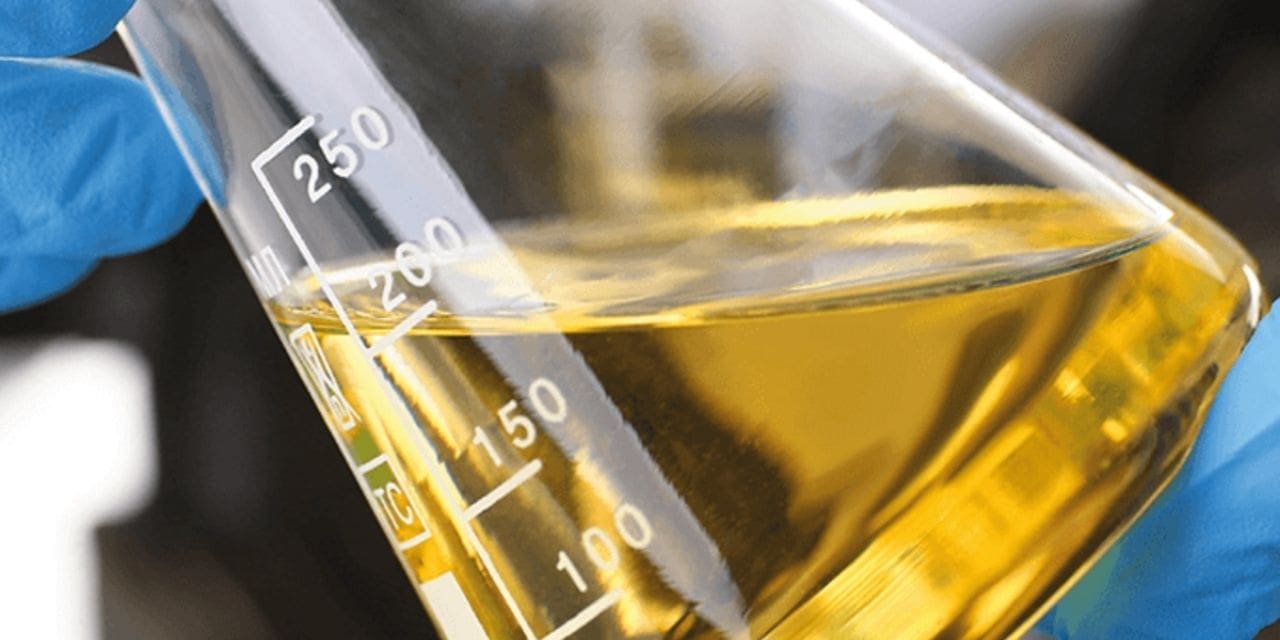Hürth, 16 July 2024: For the defossilisation of the chemical industry it is crucial to find alternatives to fossil-based naphtha. The “alternative naphtha” concept makes use of existing refinery, steam cracking and chemical industry infrastructure where a proportion of fossil-based feedstocks – crude oil or fossil based naphthas can be replaced by renewable carbon alternatives derived from the three sources of renewable carbon: CO2, biomass and recycling.
The pathways, related technologies, market participants, and volumes by which renewable carbon can be added to refinery and steam cracking processes in lieu of fossil fuel-based feedstocks are analyzed in this new paper from nova-Institute.
The report, which has 188 pages, 22 tables, and 48 graphics, offers a thorough understanding of the expanding capacity for these alternative naphtha sources as feedstock for the chemical industry, production routes, the necessity for “upgrading,” important partnerships and companies, and the regulatory landscape.
The need for “alternative naphtha”
Some of the most widely used fossil-based chemical polymers and products today, including polyester (PET), polyethylene (PE), polypropylene (PP), polystyrene (PS), polyamide (PA), and others, have their fundamental building blocks in base chemicals, primarily aromatics and olefins. In Europe and Asia, light naphtha is a vital feedstock for steam cracking processes that create olefins and polymers like PE and PP. Reformate is produced from fossil fuel-based refinery naphthas to produce aromatics and polymers like PS and PA.
Renewable products and “alternative naphtha”
Using the infrastructure already in place for refineries, steam cracking, and the chemical industry, the “alternative naphtha” concept allows for the replacement of crude oil or fossil-based naphthas with renewable carbon alternatives made from CO2, biomass, and recycling, with the renewable carbon input going toward one or more of the output chemicals.

Refined vegetable oil for bionaphtha
The anticipated global capacity for the production of hydrotreated or hydrogenated vegetable oil (HVO) / hydrogenated esters and fatty acids (HEFA) was 18.2 million tonnes in 2023. Projected initiatives are expected to increase this capacity to about 40 million tonnes annually by 2026.
As a substitute for fossil-based light naphtha, the renewable (bio-based) diesel component from the HVO/HEFA process and the bio-based naphtha component can be used as a steam cracker feedstock, depending on how the steam cracker is configured.
The number of businesses actively involved in providing feedstock for ascribed chemicals by steam cracking is substantially smaller and is dominated by four key corporations, despite the fact that there were an expected 44 HVO/HEFA generating facilities worldwide in 2023.
Pyrolysis Oil (PyOil) from plastics and tyres
The past two to three years have seen a sharp increase in interest in the pyrolysis of plastics and tires because it provides circularity for wastes comprising plastic that are frequently challenging to recycle mechanically.
As of right present, aggressive standards for recycled content in plastic packaging materials are established by proposed new EU regulations. When it comes to meeting the quality requirements for packaging materials used in contact-sensitive applications, pyrolysis is a very advantageous recycling method. Although legislation pertaining to pyrolysis has not yet been formally brought into EU law.

Partnerships between downstream partners, such as firms that operate steam crackers and refineries, or traders that cater to the chemical sector, and innovators and operators of pyrolysis technologies are what define this industry.
The study evaluates ongoing initiatives and projections capacity for plastics and tire pyrolysis oil availability. By 2026, if ongoing projects with refinery and chemical sector offtakers go according to plan, the total capacity available to create PyOil might increase to more than 1.5 million tonnes annually.
Gasification of biogenic wastes or plastic containing wastes to produce syngas (a mixture of carbon dioxide and hydrogen), which is then converted to a mixture of renewable naphtha, diesel and sustainable aviation fuel (SAF) via the Fischer-Tropsch process is a further possible contributor of alternative naphtha. At present 450 ktpa of capacity envisaged for North America and 74 ktpa of capacity for Europe by 2026 from wood waste mainly, expected to be for fuel use only.
Technologies for the combination of carbon capture, production of syngas, conversion to synthetic crude oil via Fischer-Tropsch technology and separation of products to required outputs such as SAF, diesel, naphtha, waxes and other chemicals, are being investigated and implemented now in 25 or more projects worldwide. Projects involve multiple technologies, where expertise on the capture of carbon, conversion of CO2 and H2 to syngas as well as Fischer-Tropsch technology may be provided by separate companies or organisations.

